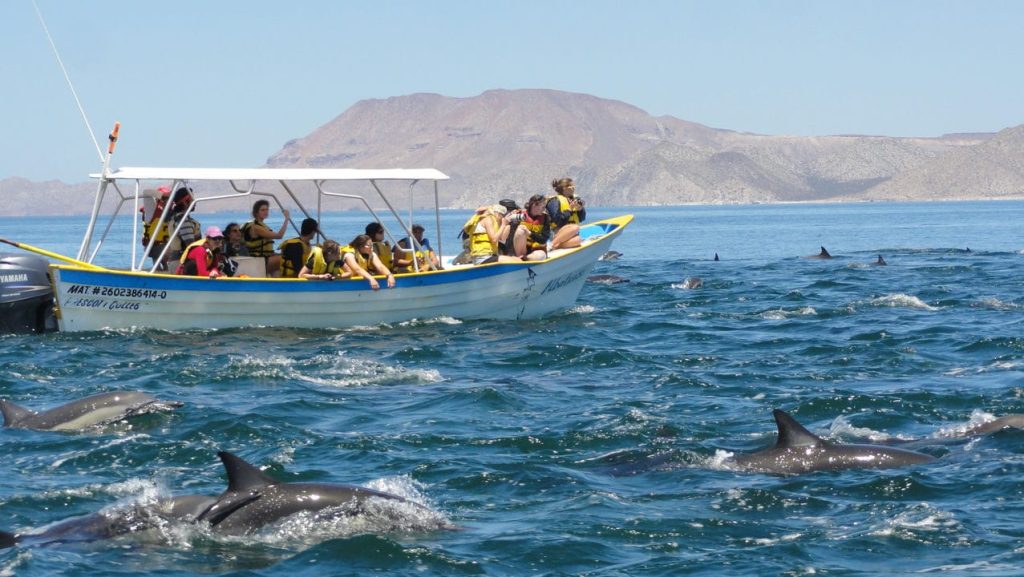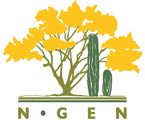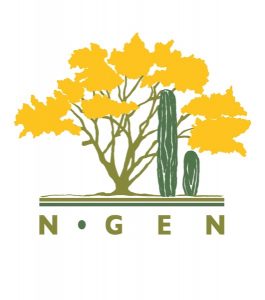
Title: Seeing the Sonoran Desert through the Eyes of Colleagues
Convener: Tom Bowen
Participants: Carolyn O’Meara. Scott Warren, Xavier Lopez Medellin, Carlos Figueroa-Beltran, Alan Hatcher, Horacio Gonzalez Moncada, Sue Rutman, Helen Ingram, Cathy Marlett, Tram Nguyen, Danielle Carter, Natalia Martinez, Rafael Routson, Jacob Franco H., Lucero Radonic, Hector Perez Puig, Maria Robledo, Rodrigo Renteria, Jupiter Martinez R., Daniel Stolte, Maria Jose Espinosa R., Jennie Duberstein, Alexis Rife, Andres Lira, Elisa Villalpando, Prescott Vandervoet, Rodrigo Medellin, Juan C. Alvarez, Daniel Morales, Arturo Ramirez, Nemer Narchi, Sula Vanderplank, Elisabet Wehncke, Barbara Larrain B., Exequiel Ezcurra, Seth Munson, Alexander Iriodo, Eugenio Larios, Chris DiVittorio, Scott Bennett, Greer Dolby, Jesus M. Garcia
Discussion: The original title of the session was “Seeing the Gulf of California through the Eyes of Colleagues” and one of the suggested topics of discussion was to resurrect the multidisciplinary scientific shipboard voyages of the early twentieth century. Our group embraced the basic concept but since not everyone conducts research on the sea we quickly changed “Gulf of California” to “Sonoran Desert” and the ship to a metaphor for any small group of multidisciplinary colleagues working together in the desert. Once we broadened the geographical horizon in this way, the discussion rapidly settled on who might be appropriate colleagues to broaden our intellectual horizon. Many in our group suggested people other than fellow scientists. One suggestion was to include those in the arts and humanities and, reflecting back to the 1940 Ricketts-Steinbeck Western Flyer, writers were specifically mentioned. Another suggestion involved SCUBA divers and would pair a local diver with a scientific diver, a strategy that has been highly successful elsewhere. Also singled out were educators and government officials as possible colleagues on the assumption that this would lead to better mutual understanding rather than butting heads. The benefits of participation by people from local communities was stressed, and the possible inclusion of citizen-scientists. And of course, several members of our group emphasized the need to communicate effectively what we do to the public as well as each other.
The second main theme revolved around institutionally-based challenges. Several people pointed out that the traditional departmental structure of the academic world creates formidable disciplinary barriers to meeting kindred souls who might be good collaborators on research projects. This structural problem also hinders the identification and formulation of research problems that cross traditional disciplinary boundaries.
A closely related challenge is identifying granting agencies that are friendly toward non-traditional projects involving cross-disciplinary research. One person pointed out that grant proposals are typically so tightly structured that you can’t just “slip in” a ringer from another field. Thus it may be difficult to build into one’s field work the possibility intellectually-productive and satisfying “surprises”. On the other hand, it was noted that NSF encourages projects that have a “Broader Impact” than purely scholarly objectives. We ended the session on an optimistic note from and experienced grantsman that real trick is simply to develop interesting projects and that “good ideas get funded.”


